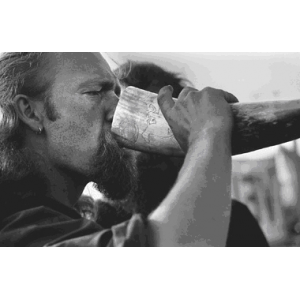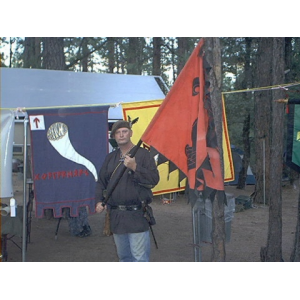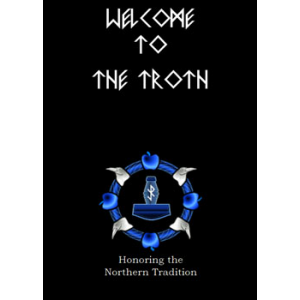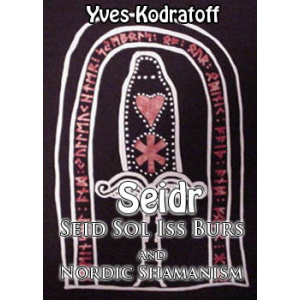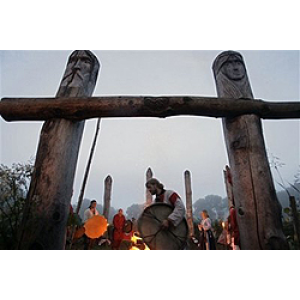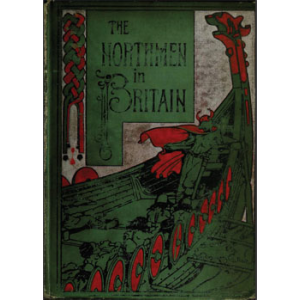
Book: The Northmen In Britain by Eleanor Hull
Blue eyed blonde
Teutonic Peoples played a strong role in bringing about the end of the Roman Empire. Not so those who lived in the northern parts of Europe,
Scandinavia and Denmark. They had almost no contact with the
Roman World or the rest of Europe until the eighth century. These were known by different names such as Northmen, Norsemen, and the Danes and later as the Vikings. (Vikings – inhabitants of the viks – bays and fjords)
These northern warriors were known for their ferocity and anger. When attacking their foes they inflicted terrible harm through fire, stoning, and the use of wild hounds. Some have also referred to these Vikings as brave and noble. Between the years of 750 to 950 AD they were notorious for raiding coastal communities throughout Europe.
The Norsemen were not a politically united people. There were different tribes, each with its own leader. Although they did not, and would not, have a king or central government, they all followed certain agreed upon rules. They shared many common customs and religion and many unwritten laws. These oral laws covered important subjects like how to divide the spoils of war and conquest, and punishments for crimes.
The first recorded Viking attacks took place in Britain where the small coastal communities were totally unprepared for the onslaught. The Norsemen would slaughter any inhabitants that got in their way, load their ships with the plunder and sail away quickly. They raided towns and even monasteries in England and Ireland, carting off everything of value. They arrived silently, unexpectedly, and terrorized the coasts of the British Isles.
In the ninth century, the Vikings steered their ships towards Southern Europe. Charlemagne succeeded in arresting the advance of these Northmen by using his fleets to patrol the coastline. He succeeded in driving the Vikings out of Frisia (now Holland) and back into Denmark. After Charlemagne’s death, the Vikings resumed their raids on Europe.
Six hundred Viking boats attacked Hamburg and set in on fire. They attacked Paris and many other French cities. The Vikings caused terror throughout Europe and were now attacking inland with setting up bases. They burned, massacred and plundered everywhere that they went. They eventually sailed into the Mediterranean as far as Genoa, Italy. By 878, they were even threatening to take control of the entire island of England, only a loose collection of small kingdoms. In 1017, Britain became part of the Scandinavian Empire.
The Vikings attempted to add Ireland to its domain but were defeated by Malachy, an Irish king. Nevertheless, the Norsemen established permanent settlements along the eastern and southern shores. In 911, Charles III of France signed a treaty with Rollo, a Danish leader, and gave the northern territory of Normandy to the Danes. The Northmen integrated with the peoples they conquered and accepted the Christian faith. Through assimilation they forgot many of their customs and habits; even Rollo was baptized in 912.
Download Eleanor Hull's eBook: The Northmen In BritainBooks in PDF format to read:
Anthony Arndt - Asatru The Northern WayAleister Crowley - The Fun Of The FairEleanor Hull - The Northmen In Britain
 Forsetti is fair and impartial, sitting as judge Among the Gods and Goddesses in issues of justice and law. He is the son of Balder and Nanna and can be counted on for Blessings in the settling of arguments.
Forsetti is fair and impartial, sitting as judge Among the Gods and Goddesses in issues of justice and law. He is the son of Balder and Nanna and can be counted on for Blessings in the settling of arguments.
